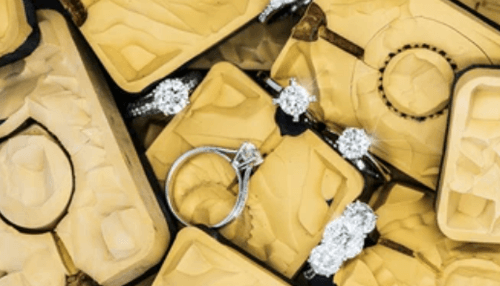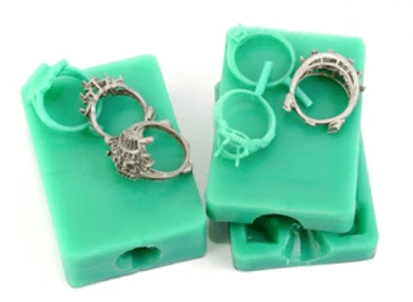Lost-wax casting is known by many different names. For example, in French it is known as cire perdue, in English, it is known as “precision casting” or “investment casting”. Lost-wax casting is the process of creating a hollow wax replica of a figure to be cast. The wax from the duplicate is melted to let it flow out.
This leaves a hollow void that can be filled in by molten metal. Reusable moulds created with the help of modern technology are non-existent in the world of lost-wax casting because each figure must be made afresh. Since each statue or work of art must be made from beginning to end with the lost wax, no two sculptures can be identical and you can see lost wax casting here.
What Is The Lost-Wax Casting Process?
Here we will describe the step-by-step lost-wax casting process. The lost-wax casting process usually consists of the following steps but it can vary based on the industry and application. A wax model is made from the cast parts which is the direct method of lost-wax casting. Cast parts can be made from copies of the original wax model, this is known as the indirect method of lost-wax casting.
Making The Model
Wax is used by an artist to carve out a design. The size, complexity, and creativity of the production have no limits other than those of the casting equipment. Remember that wax can be molded into any size or pattern.
Mold Creation
To produce a “master” pattern a caster casts a model and polishes the casting. A wax mold is made out of rubber by using the master model. This is done by heating and “vulcanizing” the rubber around the master casting to produce a flexible wax mold.
Production Of Wax Patterns
The rubber mold is injected with molten wax, or the molten wax is poured into it. This is done repetitively to produce replicas of the original model.
Wax Pattern Assembly
Sprues are inserted into the wax copy making sure they remain connected from start to finish. The sprues form a tree-like structure that provides a pathway for the molten wax to pour out and the metal to fill the cavity.
Application Of Investment
A slurry of silica is used to dip the tree-like structure of wax producing a cavity in the shape of the original model. Another way to do it is to put it in a flask surrounded by the liquid investment plaster.
Burnout
Once dry the flask goes into the kiln upside down. The wax melts away disclosing the shape of the original model.
Casting
To cool down the molten metal once it enters the cavity the investment mold is heated in a kiln to almost the same temperature. The liquid metal is poured with the help of gravity or a vacuum to make sure it completely fills the cavity.
Shell Removal
As the metal cools the investment is doused in water to dissolve the refractory plaster and liberate the roughcasting. The sprues are removed and the casted parts are cleansed off.
Finishing
The cast is filed, sandblasted, ground, or machined to achieve the final look.
In Conclusion
A lot of the gold and silver jewelry is produced through the process of lost wax casting. It is a method, of creating metallic models, that is a centuries-old process. In the 21st century, there are methods to digitally design pieces and 3d print them. But that is a topic for another day.



